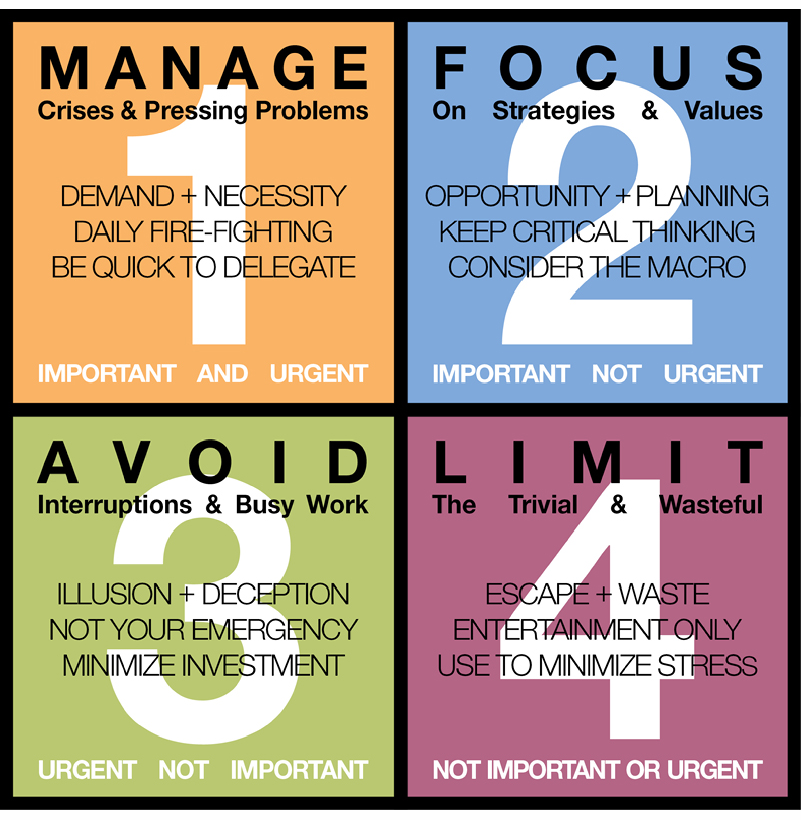
Dec 10, 2014
I know I’m biased but my mum makes a fantastic Christmas cake; really moist, full of fruit and enough rum to sink a pirate-ship. Every year she makes eight, gives one to each of her kids and keeps four for herself to entice us for afternoon teas long after ours have finished. It’s a mammoth exercise but she organises herself well in advance. But these are not the fruitcakes of Christmas that I wanted to talk about. This period is not called the ‘silly season’ for nothing. There are lots of social gatherings to attend and in the Southern Hemisphere, at least, the heat brings out some ‘questionable’ behaviour. North or south, one of those ‘questionable’ behaviours is our want to fit everything in before the end of the year. Suddenly, we have to meet up with people we haven’t seen in ages to have a Christmas drink. We have various parties to attend, we have to meet job deadlines, and we have to do Christmas food and present shopping, vying against thousands doing the same. Most get stressed out to the max, emotionally and financially, and then getting together with the family to celebrate the day can push people to the brink. What creates this fruitcake behaviour? Of course, marketing does, but beyond that, a very fundamental reason is the primary driver; it is simply an arbitrary line in the sand and the meaning we give to it. In fact, it’s two lines in the sand a week apart: Christmas and end of year. And that is the real purpose behind this blog post. If we examine this behaviour through the lens of Stephen Covey’s ‘Urgent-Important’ matrix, it definitely lies in the area of Quadrants 1, 3 and 4. There is not much Quadrant 2 going on.
How do your Excel skills stack up?
Test NowNext up:
- The changing face of the Office 365 plans
- Two ways to put a sticky note on your desktop
- Excel formulas are not just for numbers
- Our interpersonal rights and responsibilities in the workplace
- Implementing external content types in SharePoint 2013
- Happy Holidays from New Horizons!
- Use the Eyedropper tool in PowerPoint 2013
- Beguile for a while with a smile
- So long 2014, hello 2015!
- Say goodbye to an old friend – and other end of life facts
Previously
- Change the Spell Check Language on all slides in PowerPoint using VBA (2007 onwards)
- Normalising your database: First Normal Form (1NF) – Part 1
- Save time with print presets in Adobe InDesign CS6
- Here’s how situational leaders spend more time watching sunsets than watching their people
- Using the ‘Flash Fill’ feature to apply the desired formatting in Excel 2013
- ‘CONNECT ANY DATABASE’ in SQL Server 2014
- Scheduling Rostered Days Off (RDO) in Project 2013
- Apply permissions on web parts in SharePoint
- Fabulous, fitting feedback
- Comparing and combining two lists using VLOOKUPs













